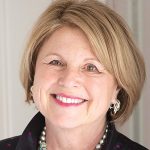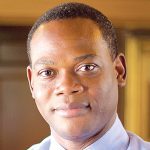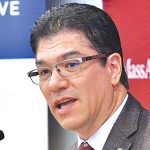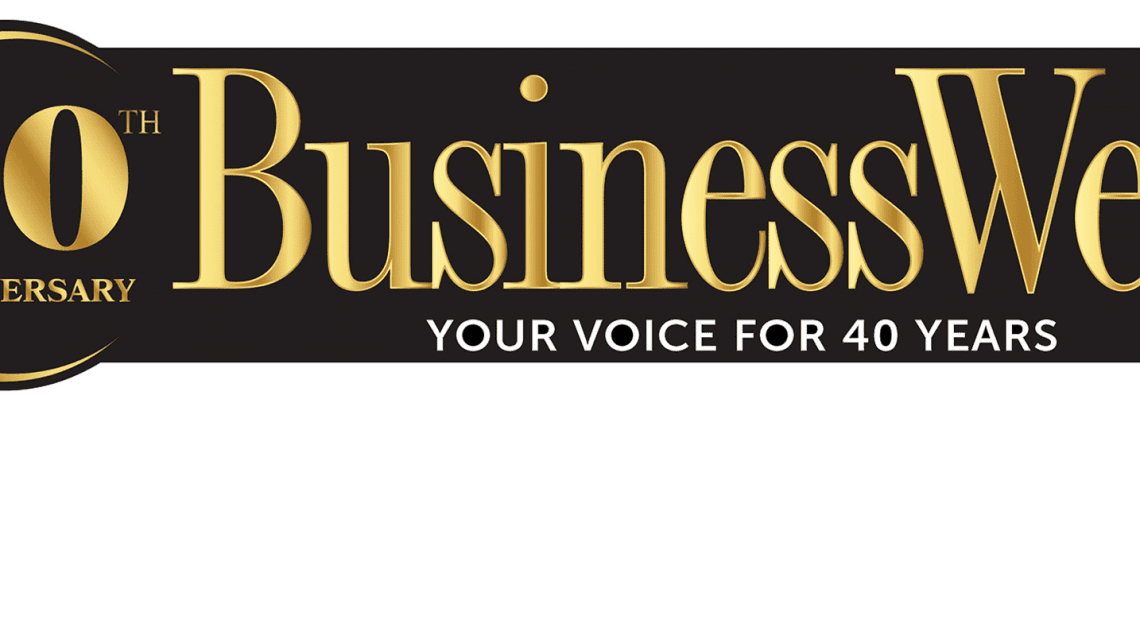
40 Years of Higher Education
Colleges Adapt to Non-traditional Realities
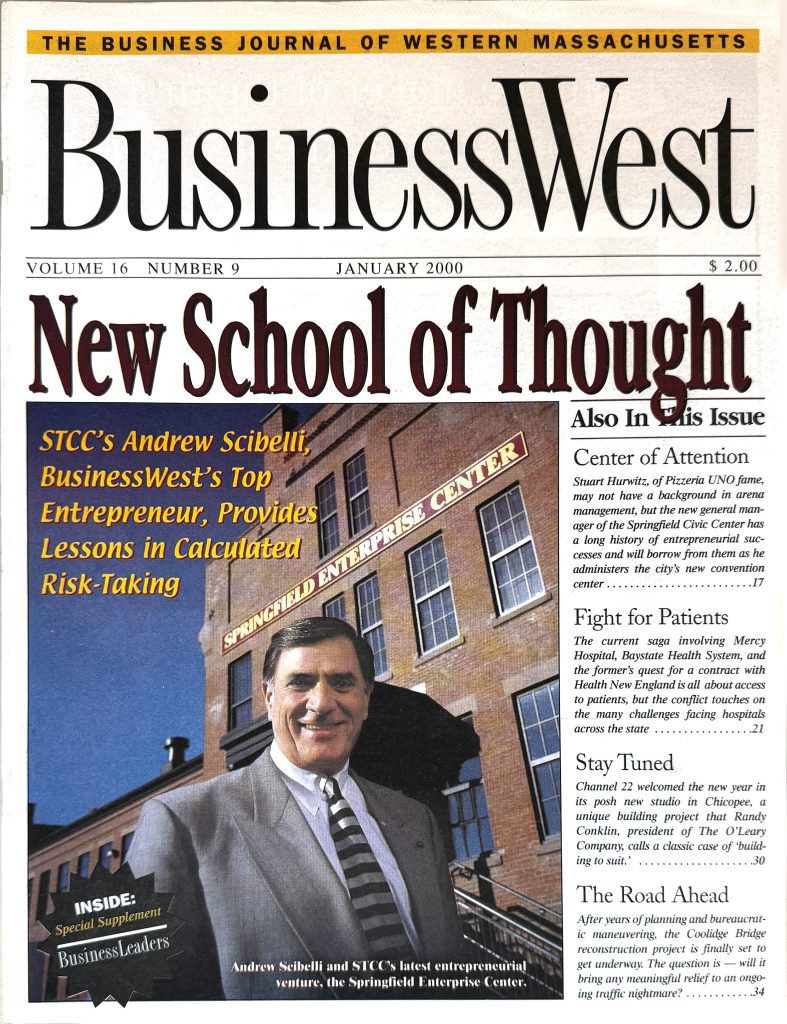 At the recent ceremony that officially installed him as chancellor of UMass Amherst, Javier Reyes noted that attitudes about higher education are changing, while rapid advancements in technology, with artificial intelligence at the center, are forcing colleges and universities to find new ways to meet their obligations.
At the recent ceremony that officially installed him as chancellor of UMass Amherst, Javier Reyes noted that attitudes about higher education are changing, while rapid advancements in technology, with artificial intelligence at the center, are forcing colleges and universities to find new ways to meet their obligations.
“How does higher education respond to these challenges?” he asked. “How do we meet the needs of today’s students — students who are increasingly mobile and more agile? How do we meet the needs of a changing society? How do we remain nimble and adapt so that our students are prepared to be active and engaged members of their communities today, tomorrow, and for decades to come?”
That’s a lot to unpack, but UMass will focus on six key areas, Reyes explained: education, research and creative activity, translation and knowledge transfer, engagement, inclusivity and wellness, and financial and operational viability.
Then, importantly, he added, “it is important to stress that these are not six independent areas. Rather, they are six interconnected areas that must work in synergy with each other to achieve our goals.”
It’s a theme of connectivity that … well, connects Reyes’ thoughts with the conversations BusinessWest had with three other area higher-education leaders as they considered how academia has changed over the years — and where it’s going next.
“There’s been an evolution in higher education,” Elms College President Harry Dumay said. “About a decade ago, we knew there was a demographic cliff coming up for traditional undergraduate students. So everyone was thinking about the non-traditional population. And Elms had a strategy of partnering with community colleges to create degree-completion programs, which was very successful in growing enrollment in college through non-traditional students.”
John Cook, president of Springfield Technical Community College (STCC), said the role of his institution has become more prominent with last year’s launch of MassReconnect, which makes community college in Massachusetts free for adults over age 25 — another example of how colleges are prioritizing non-traditional students.
“We’ve become even more essential,” Cook said. “The fundamentals of what community colleges offer are even more important, if that’s possible, than they were 40 years ago. Access, opportunity, equity — all the things we talk about in the public sector — are really part of our DNA. And it’s invigorating to be a part of this, especially with MassReconnect, with a different kind of spotlight shining on us that further underpins this value that our name represents.”
Whether attending college right out of high school or returning as part of that older, non-traditional, often career-changing crowd, today’s students are increasingly facing an economy in flux, so they need, more than anything, to learn how to learn, Bay Path University President Sandra Doran said.
“Today’s graduates will have, on average, seven careers — not seven jobs, but seven careers,” she told BusinessWest. “That’s why we’re really committed to the concept of lifelong learning.”
Elaborating, Doran said, “in the past, you’d go to school for four years, then start your career. But that’s not always how higher education works. You might be taking college courses as a high-school student, or between ages of 17 and 24, or, sometimes, when you’re 50 years old. You might be in the workforce and, at the same time, taking college courses. This continuum of being able to learn any time you need to learn — and have the courses and programs available to do that — is really important to your future. And being adept at online learning is absolutely critical.”
Sandra Doran
“Today’s graduates will have, on average, seven careers — not seven jobs, but seven careers. That’s why we’re really committed to the concept of lifelong learning.”
In such a different environment from 40 years ago, she added, colleges and universities need to provide pathways, credentials, certificates, and degrees that are adaptable to people at all stages of life, not just those in that 17-24 age range.
“What we used to refer to as a student conjured up notions of sitting at a desk, taking notes, listening to a professor. But that’s not the only way education is delivered anymore,” Doran added. “People can learn forever.”
Into the Real World
Students are also training for a work world that’s fiercely competing for top talent — meaning not just graduates with skills, but those able to keep learning on the fly. With that in mind, Elms College recently crafted a strategic plan that emphasizes the core value of a liberal-arts education, experiential learning in the real world while still in college, and innovation.
“The employers of today are really desperate for students who are real-world ready; you don’t have to teach them how to behave in the workforce,” Dumay said. “At the same time, they can think on their feet. They have that critical thinking. A liberal-arts undergraduate education prepares students to think on their feet, articulate their thoughts, work in groups, all the soft skills that employers are looking for.”
At the same time, he said, the Elms has brought flexibility to the forefront, offering non-traditional students everything from remote options to short-term certificates and stackable credentials that will get them into careers, with growth potential, more quickly than in a full, four-year program.
Harry Dumay
“A liberal-arts undergraduate education prepares students to think on their feet, articulate their thoughts, work in groups, all the soft skills that employers are looking for.”
The presidents we spoke with also emphasized the importance of offering programs relevant to growth industries, like STCC’s future involvement in the Richard E. Neal Cybersecurity Center of Excellence being built at Union Station in Springfield, or its continued leadership in health sciences (at a time when healthcare deals with persistent staffing shortages), and HVAC and energy systems (as green energy continues its ascent).
“These are really, really helpful programs to have when we map out what the needs are in the workforce,” Cook said, noting that STCC’s School of Health will be renovated in a major capital project.
Doran takes a similar approach. “Bay Path has always been workforce-driven. That, again, relates back to lifelong learning — always being responsive to the marketplace, to employers. We started in 1897 as a business institute, as a reaction to what was needed in the workplace. That commitment to providing employers with a talented, long pipeline of potential employees really is a commitment to our region, and our lifelong learners.”
She, like Dumay, stressed the importance of flexible programs adaptable to the needs of non-traditional learners.
“It’s not one size fits all. Personalized education is a continuing trend,” Doran said. “We know how important it is for students to feel their college experience is valuable and works for them.”
Reyes said UMass intends to strengthen its role as a public research university in the coming years.
Javier Reyes
“We must continue to embrace our role as the primary developer of talent in the Commonwealth while ensuring that all of our students — regardless of their discipline — have the core skills, soft skills, and critical-thinking skills that will allow them to thrive in a rapidly changing economy and a rapidly changing world.”
“Fulfilling our role as a premier land-grant public research university will require us to continue to grow our research infrastructure while also expanding opportunities for students across all disciplines and at all levels to engage with research and hands-on learning opportunities,” he said, noting that, in FY 2023, UMass faculty received 1,164 research awards totaling nearly $240 million. “This is tremendous and speaks to the confidence in the research that is happening at UMass Amherst and the impact that our faculty have on the common good.”
In the current academic year alone, he noted, the campus became home to the National Science Foundation’s Center for Braiding Indigenous Knowledges and Science and the U.S. Department of Energy’s Academic Center for Reliability and Resilience of Offshore Wind, while UMass Amherst became one of just 18 institutions to receive the National Science Foundation’s inaugural Accelerate Research Translation Award, aimed at translating the research conducted in campus laboratories into tangible solutions to real-world problems.
“We must continue to embrace our role as the primary developer of talent in the Commonwealth while ensuring that all of our students — regardless of their discipline — have the core skills, soft skills, and critical-thinking skills that will allow them to thrive in a rapidly changing economy and a rapidly changing world, so that they can succeed and grow in the fields that they choose to be a part of.”
Better Days
Going back to MassReconnect for a moment, Cook noted that community-college enrollment had been on a downward trend in the Northeast for a while, but for both the fall and spring of the 2023-24 academic year, STCC saw a double-digit increase in enrollment, and he expects that pace to continue.
John Cook
“We’re not all the way back to pre-pandemic, but we have changed the trend, and we hope to continue to build on that.”
“We’re not all the way back to pre-pandemic, but we have changed the trend, and we hope to continue to build on that,” he said.
“We’ve been through COVID, which were pretty tough years,” Cook added. “When you combine the momentum of a major capital project and MassReconnect and our equity outlook and the fact that we’re the most affordable college in Springfield … these are wonderful fundamentals. It’s a great place to be.”



